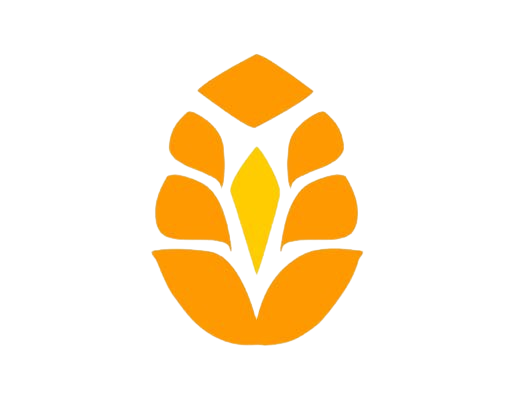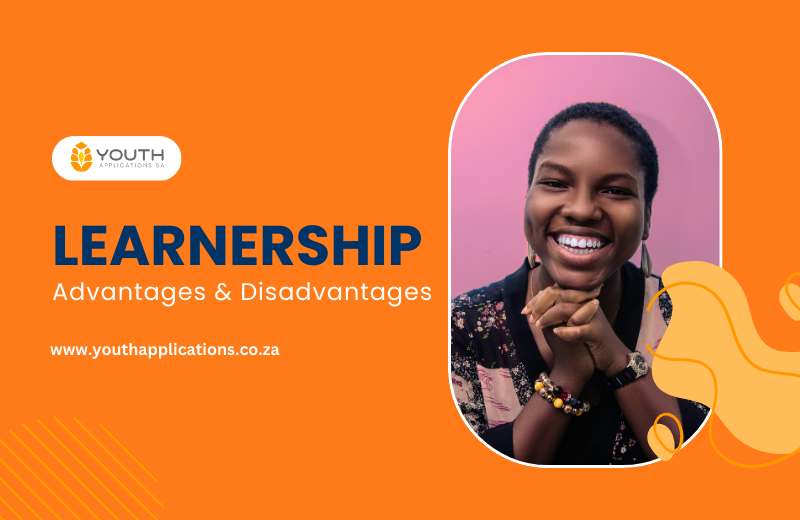Here are advantages and disadvantages of learnerships in South Africa to make you have a better understanding of how learnerships work.
Unemployment among South African youth remains a critical issue, with many relying on Social Relief of Distress (SRD) grants to cover basic needs. Yet, a viable solution is often overlooked—learnerships.
These practical training programs blend learning and working, offering a gateway to skills development, even for those with minimal qualifications. Let’s dive in to explore how learnerships can help address unemployment, their advantages, and their disadvantages.
Advantages of Learnerships
- Accessible Opportunities for All
Learnerships don’t require extensive qualifications. Many programs accept applicants with Grade 10, 11, or Matric, making them accessible to a broad range of unemployed youth. Some providers even cater specifically to people with disabilities. - Earning While Learning
One of the most attractive benefits of learnerships is the monthly stipend, which helps learners cover expenses such as transport and data. Just like Skill Up offers an online learnership with a stipend of R400 per month, while others like Meridian provide up to R3000. - Gaining Work Experience
Learnerships provide practical, hands-on training that builds work-ready skills. For example, hospitality and retail programs teach customer service, inventory management, and professional cookery. This dual learning model ensures participants gain real-world experience alongside their qualifications. - Pathway to Employment
Many companies offer employment opportunities upon successful completion of a learnership. Edupower, for example, guarantees full-time job placement for its graduates. Programs like Umuzi and WeThinkCode also bridge learners directly to employers in high-demand industries such as IT.
You may also look: 4 Yes Youth Programmes That Can Get You a Job
Disadvantages of Learnerships
- Limited Financial Support
While stipends are helpful, they often fall short of covering all living expenses. For example, some learnerships offer only R400, which might barely cover transport costs. - Duration and Commitment
Learnerships typically last 12 months or longer, requiring a full-time commitment. This may pose a challenge for those needing immediate income or those with family responsibilities. - Unequal Availability Across Provinces
Despite their potential, learnerships aren’t equally accessible in all areas. Urban centers like Johannesburg and Cape Town often have more programs, leaving rural youth at a disadvantage. - Limited Career Growth in Certain Fields
Some learnerships focus on entry-level skills, which may limit upward mobility in certain industries. For instance, retail and hospitality learnerships offer essential skills but might not provide long-term career growth without further education.
Free AI Email Generator
Whether you are applying for a Learnership or Entry level job, use AI to craft perfect emails.
South African youth are struggling to find jobs, but learnerships offer a real chance to change that. The thing is, these programs still need a lot of work to reach more people and do better.
Programs like Yes4Youth and SETA-accredited learnerships from the government are starting to make a difference, but there’s more room to grow.
Conclusion:
At the end of the day, learnerships offer a lifeline to many unemployed South African youth. They provide not just skills, but a sense of purpose and hope for a brighter future.
That said, the system needs to be refined—stipends should be increased, and access broadened to include rural areas.
So, what does this mean for you? If you’re unemployed and looking for a way to gain skills and earn a qualification, why not take the first step today? Apply for a learnership and take charge of your future. It’s easier than you think, and the opportunities are there for the taking.

